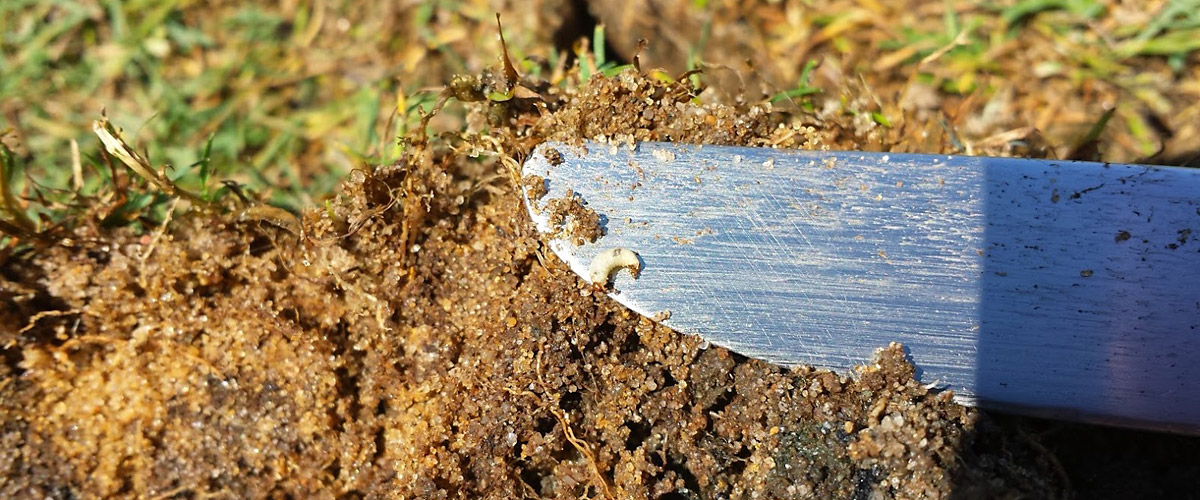
In Maryland, integrated pest management (IPM) is described as follows :
“IPM is a balanced, tactical approach to pest control. It involves taking action to anticipate pest outbreaks and to prevent potential damage. IPM is a pest management strategy that utilizes a wide range of pest control methods or tactics. The goal of this strategy is to prevent pests from reaching economically or aesthetically damaging levels with the least risk to the environment. Such pest management programs—based on the identification of pests, accurate measurement of pest populations, assessment of damage levels, and knowledge of available pest management strategies or tactics—enable the specialist to make intelligent decisions about control. IPM offers the possibility of improving the effectiveness of pest control programs while reducing some of the negative effects.”
Many people are under the false assumption that IPM represents a non-chemical approach to pest management. In fact, IPM programs use both non-chemical and chemically based methods of pest control. In the long run, this integrated approach is more effective and can be less expensive than traditional pest management approaches that rely only on the use of chemicals. Dealing with pests through an IPM program requires a basic understanding of pest biology and behavior to select effective methods of control. When chemical control is warranted, pesticides should be selected and applied to not only meet regulatory requirements, but also to avoid impacts to non-target species (such as pollinators) and to avoid pesticide runoff or leaching.

